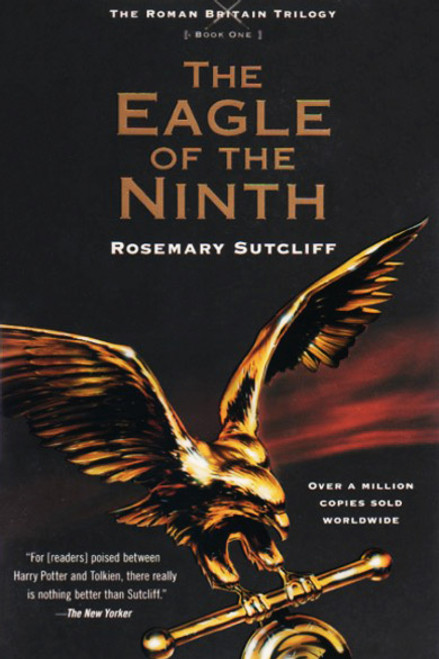
For ten years the war waged, during which it appears the Ninth Legion performed exceptionally. In 29 BC, Octavian led the Ninth and up to six other legions into northern Spain to campaign against the last non-subjugated tribes in the region. Yet this did not signal the end for the Ninth. With this success, Octavian now ruled the whole of the Roman Empire.

Within ten years, the Ninth Legion was re-established and went on to serve with Octavian down to his final victory against Marc Anthony and Cleopatra at the Battle of Actium in 31 BC.

Only in 46-45 BC, following his victory at Thapsus, did Caesar finally disband his veterans of the Ninth, many of whom he settled in Picenum. Although it was severely mauled by Pompey’s forces at the Battle of Dyrrachium it remained an integral part of Caesar’s army, going on to partake in his remarkable victories, first at Pharsalus and then at Thapsus. Caesar knew this full well and would often rely upon it.ĭuring the ensuing civil war between Caesar and Pompey the Great, the Ninth continued to serve Caesar with distinction. Vercingetorix surrenders to Caesar, 52 BC.įollowing the end of Caesar’s Gallic Wars and 9 years of fighting, the Ninth Legion was formidable: its soldiers battle-hardened, its loyalty to Caesar paramount. From his early battle with the Helvetii at Bibracte to the epic siege of Alesia, the Ninth played a critical role in the success of Caesar’s Gallic campaign and his rise to prominence. In 59 BC it was one of the four original legions that Julius Caesar was granted from the senate – the manpower he needed to begin his famous Gallic conquest. Caesar’s companionsįrom then on the Ninth Legion would play a leading role in some of the great wars of antiquity. This is the first attested evidence for the existence of a ninth legion in the Roman army.

Among those discovered are some mentioning a Legio IX, a ninth legion. Some are inscribed with various ‘black humour’ messages but others depict Roman numerals, believed to represent legions in the Roman besieging force. Numerous pieces of lead slingshot left from the siege have been discovered around the ancient city. And archaeological surveys have made fascinating discoveries. According to our sources, the siege was long and the fighting fierce.

In 89 BC, during a war between the Romans and many of their allied-Italian states, a Roman army besieged the Italian stronghold of Asculum in southern Italy.


 0 kommentar(er)
0 kommentar(er)
